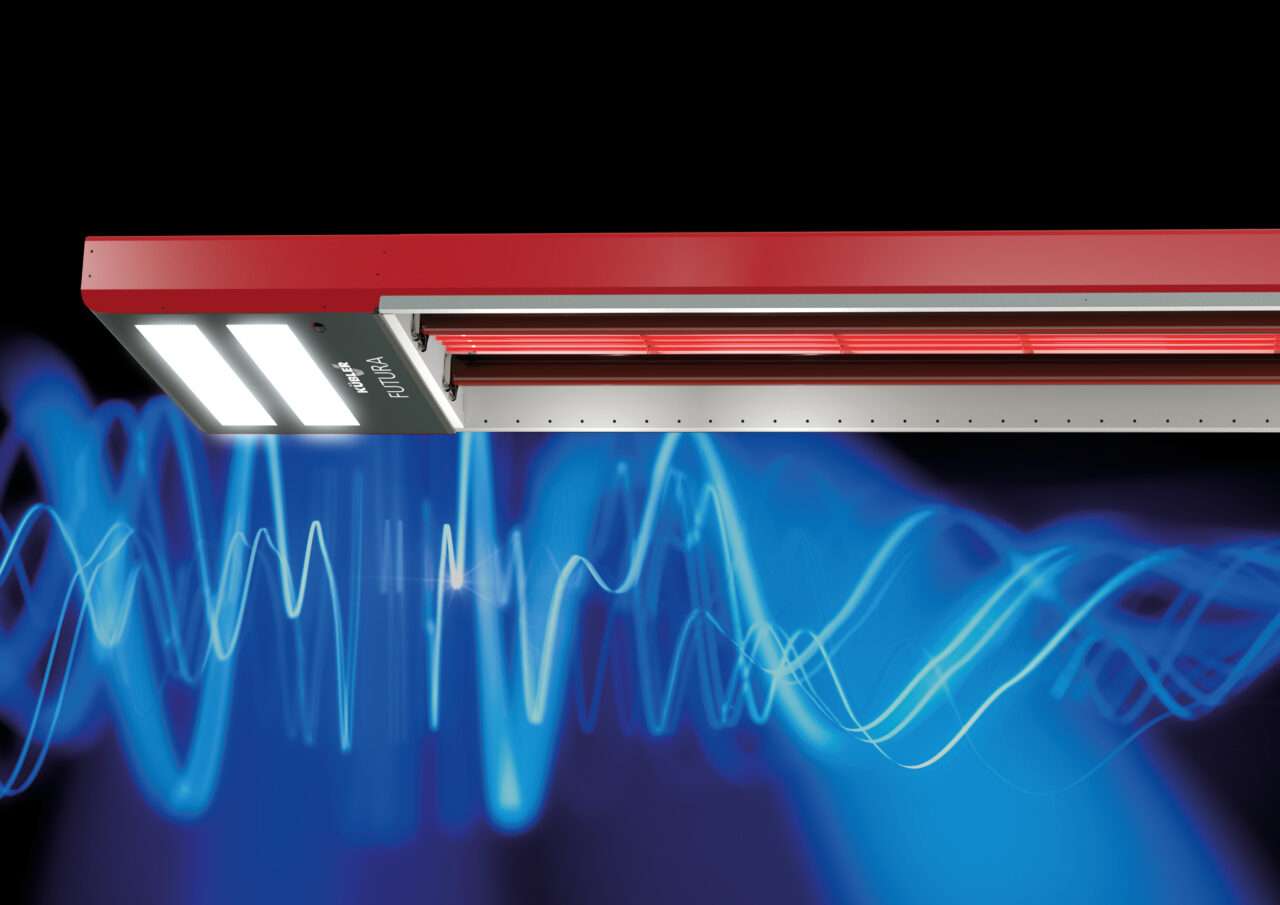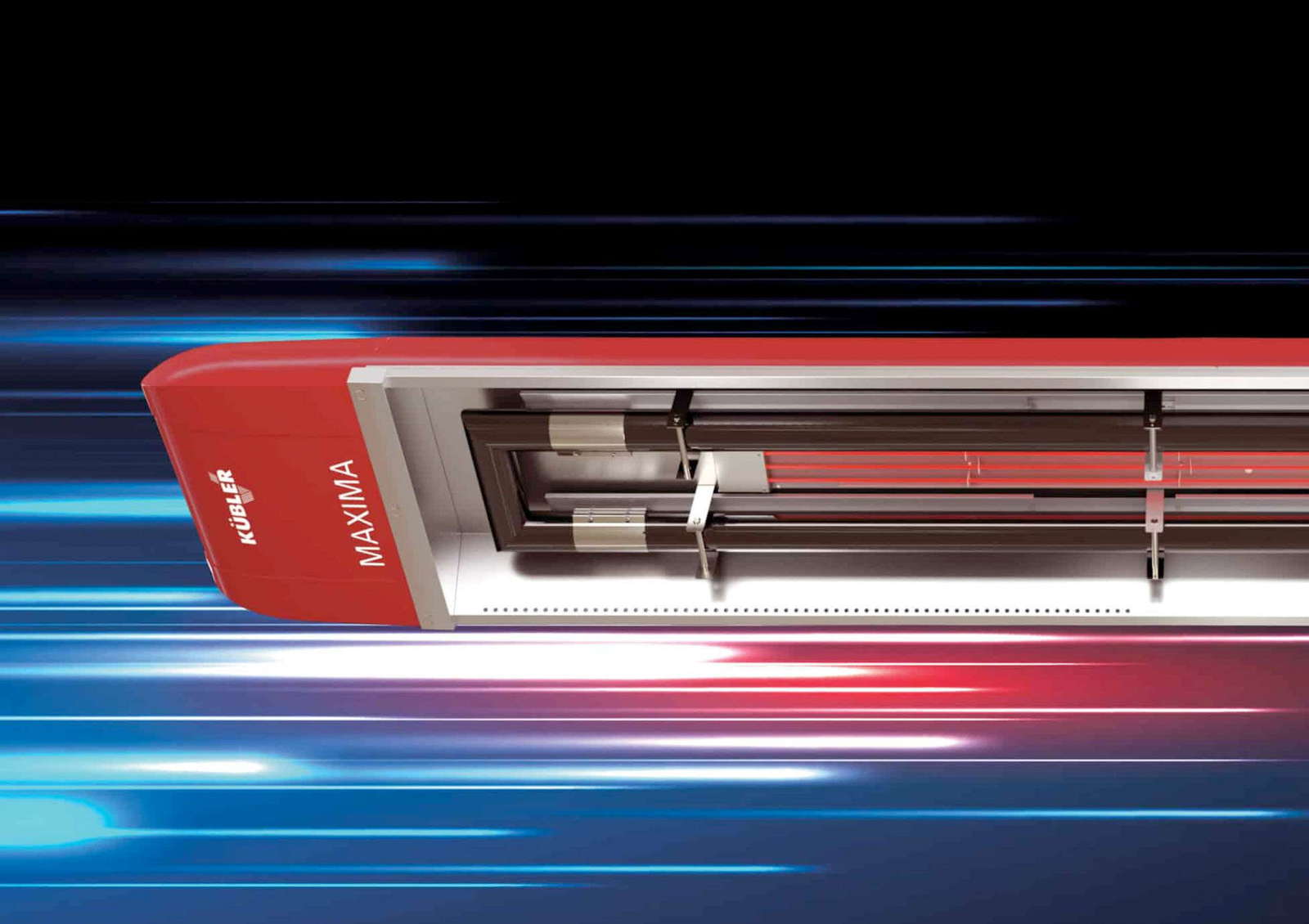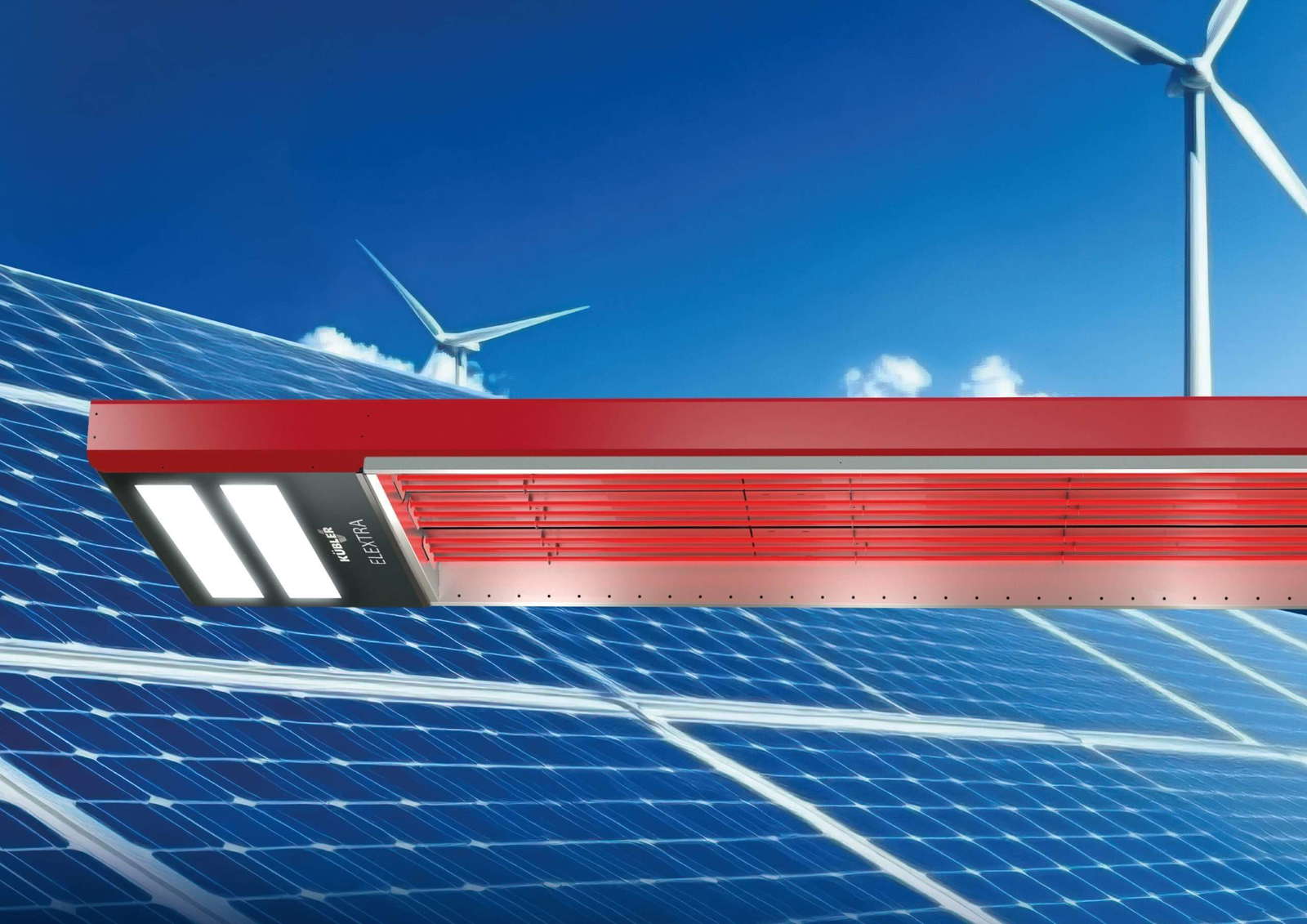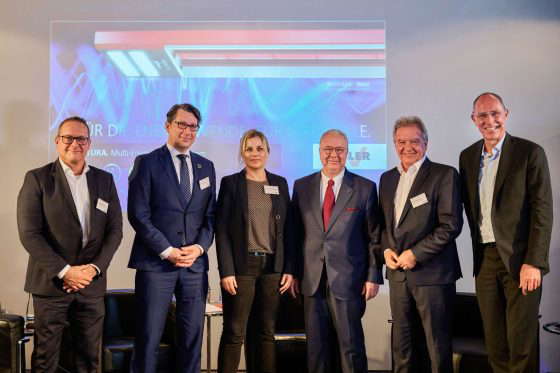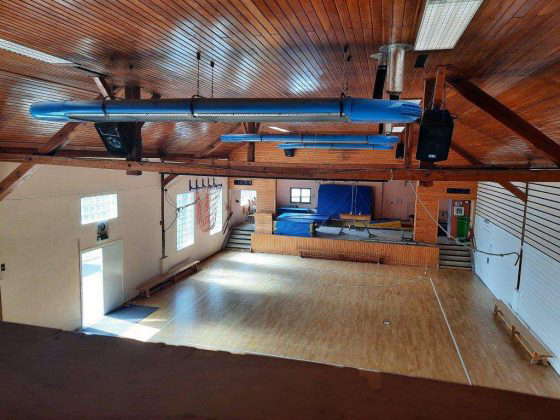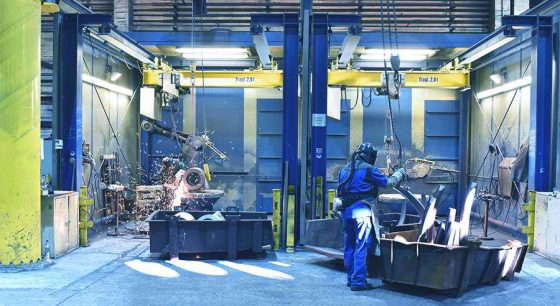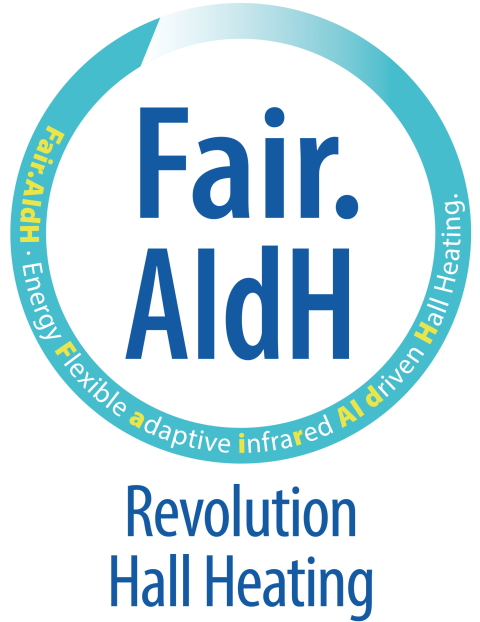Amendment to the Building Energy Act: Saving energy is only possible by differentiating between buildings - industrial buildings are not daycare centers
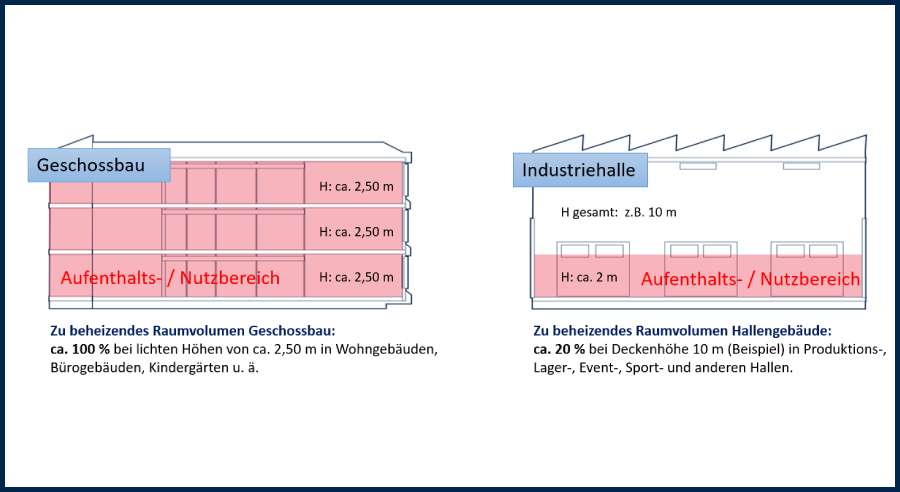
It is obvious that there is enormous potential for saving energy in these hall buildings. With ceiling heights of 4 to 40 meters and areas of up to 10,000 square meters, their room dimensions cannot be compared with apartments, offices or daycare centers, which are usually built as multi-storey buildings with clear heights of around 2.50 meters. This also applies to the heating of such room colossi - it is much more demanding than in the much lower multi-storey buildings. However, this differentiation is currently hardly taken into account in the Building Energy Act.
"If such large rooms are to be heated in an energy-efficient manner, very special technologies are required. It has rarely been as urgent as it is today, utilize all technological resourcesthat are available to us to effectively counter the energy crisis," says Thomas Kübler, founder and managing partner of KÜBLER GmbH in Ludwigshafen. He is a proven expert in heating industrial halls.
Kübler says: "Efficient heating is about providing heat with as little loss as possible in the areas of the hall where people work and need heat. As a rule, this is not at a ceiling height of 10 or 20 meters, but in an area around 2.00 meters above the hall floor."
The efficiency of special hall heating technologies can be seen in energy-efficient refurbishment projects for industrial halls.
Up to 70 percent realized savings are not an isolated case in practice.
This already relieves the financial burden on companies with cost savings of several tens or even hundreds of thousands of euros per year, depending on the size of the project. The greenhouse gas reductions are correspondingly high. This enormous reduction in energy consumption makes a major contribution to achieving the necessary climate targets.
Durch geeignete Technologien wie dezentrale Infrarot-Hallenheizungen ließen sich rund 50 Prozent Einsparpotenzial erschließen, also rund 65 TWh (65.000.000.000 kWh). Bei einem CO₂-Anteil von 0,247 kg /kWh entspräche dies rund 16.055.000 Tonnen des Treibhausgases CO₂.
If, in turn, only half of the relevant hall buildings were to be refurbished in terms of plant technology, the CO₂-Minderung immer noch bei rund 8 Millionen Tonnen - a major step towards efficiency and climate targets. This potential is relatively easy to exploit due to the available technologies, a manageable number of decision-makers and the good economic aspects for the industry such as costs, ROI and return on investment.
However, it currently appears that these highly efficient hall heating technologies are being slowed down. Under pressure from the gas crisis caused by the Russian war in Ukraine and the climate targets it has set itself, the German government is banning the installation of gas-powered heating systems across the board from 2024, for example. In addition, the funding opportunities for gas hybrid heating systems were removed virtually overnight.
Kübler says: "These decisions have caused a great deal of uncertainty among those responsible in industry and commerce and also ignore the physical reality of buildings. This is because decentralized infrared heating technologies often represent a major challenge under the demanding conditions of hall buildings. the only ecologically, economically and functionally sensible option of the heat supply."
The promotion of heat pumps in multi-storey buildings (residential buildings and non-residential buildings such as offices, restaurants, kindergartens and hospitals) is an effective lever for the energy transition. However, this sector is already suffering from the scarcity of resources. To achieve the policy targets, 2,000 heat pumps would have to be installed every day.
"In addition to a lack of material availability, there are also not enough houses suitable for heat pumps in existing buildings and we are facing a major shortage of personnel in the skilled trades. Unfortunately, only a small proportion of the existing tradespeople are qualified to install heat pumps. There is a huge gap between policy and reality here," says Martin Oldeland, Deputy Chairman of the German Working Group for Environmentally Conscious Management (B.A.U.M.)
"In addition to availability, heat pumps also have the disadvantage that they can hardly play to their strengths in industrial buildings," says Kübler.
The use of heat pumps is in the renovation area of halls hardly possible.
After all, who could clear entire production halls or warehouses, including machinery, in order to install underfloor heating associated with heat pumps in the floor? The use of hot water-based heating technologies is also not very functional in new hall construction. In contrast to decentralized IR heating systems, hot water systems have the major disadvantage of not being able to effectively meet the frequently changing, locally and temporally variable heat demand in these buildings due to their inertia. For example, during shift operation, when the doors are open, when heating individual work areas (e.g. order picking in logistics halls) or when heating individual courts, for example in indoor tennis courts. Kübler says: "As useful as heat pumps are in residential and multi-storey buildings, they lag behind the weather in indoor buildings".
How can the great efficiency potential of decentralized hall heating technologies be used in the industry?
Unter Experten sieht man das so: Alles steht und fällt mit der Anerkennung von Hallen als eine eigene Gebäudekategorie, die besondere Anforderungen an die Heiztechnik stellt und demnach entsprechend geeigneter, spezieller Technologien bedarf. Zu den effizientesten zählen dabei moderne Hallenheizungen wie Infrarot-Dunkelstrahler, die mit Erdgas, Flüssiggas oder Biomethan im Mix mit grünem Wasserstoff betrieben werden – häufig mit beeindruckenden Einspareffekten von 30 bis 70 Prozent (s. o.). Die derzeit mögliche Zertifizierung von 20 Prozent H₂-Beimischung ist bei den führenden Herstellern erfolgt. Unter Laborbedingungen sind 80 Prozent problemlos möglich. 100 Prozent werden durch Nachrüst-Kits in den nächsten Jahren erreicht werden. Moderne dezentrale Infrarot-Heizungssysteme können über Brennwerttechnik nicht nur die Heizungsabwärme nutzen, sie binden auch die Abwärme aus Produktionsprozessen ein, beispielsweise die von Kompressoren oder Härteöfen. Voll digitalisiert lässt sich ihre Effizienz über den gesamten Heizprozess monitoren und in zertifizierten Energiemanagement-Systemen dokumentieren. Die Bedienbarkeit ist bei diesen modernen Lösungen vorbildlich.
Another piece of good news is that these high-efficiency systems no financing problem.
This is because the hall heating can be rented. The cost savings resulting from the reduced energy consumption are usually so high that they not only compensate for the rental price, but also leave money for the company at the end of the day. The rental model therefore makes it possible to use modern efficiency technologies without having to invest - and, incidentally, without depreciation costs - and also generate a positive contribution margin. An attractive means of perhaps still achieving the long sought-after and as yet unattained refurbishment rate of 2 percent.
-
It is only a small segment, but of great importance: in the current discussion about the energy transition, industrial buildings are being neglected. They only make up two percent of the building stock in Germany. However, they are responsible for around 15 percent of building-related energy consumption and the associated greenhouse gas (GHG) emissions. In the current Building Energy Act (GEG), however, industrial buildings are treated in the same way as daycare centers - and there are indications in a draft bill that the federal government wants to focus exclusively on heat pumps as a technology. KÜBLER GmbH in Ludwigshafen invited experts to discuss this issue. Daniel Föst, construction policy spokesman for the FDP parliamentary group in the Bundestag, announced his intention to change the legislative system.
-
Turnverein 1860 Mußbach e.V. is a traditional sports club with a long history. Since it was founded in 1860, it has got a large number of people of all ages and backgrounds moving and now has over 1,200 members. The club offers a wide range of sporting activities. Dieter Hackebeil, former chairman of the club and now (un)retired, was the main person responsible for the renewal of the heating system at the time and can "only praise KÜBLER to the skies." Satisfaction and conviction are the key words here.
-
Dust-intensive work is not uncommon in production processes. It can become a burden - for people and for machines, such as the hall heating system. What should you pay attention to if you want to protect the health of your employees and at the same time benefit from the heating system for a long time? And is it possible to reconcile one with the other?
-
Do you want to get the most out of your new hall heating system, save energy costs and be prepared for the environmental laws of the future? Then it is advisable to consider a few tips before you buy. Find out which ones in this article.
